Search Images
Browse Content (p. 1522)
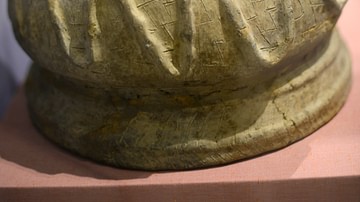
Image
Encrusted Urn from Ancient Ireland
Urn found at cist burial, Keenoge, Co. Meath, Ireland, 1900-1700 BCE.
National Museum of Ireland-Archaeology, Dublin, Republic of Ireland.
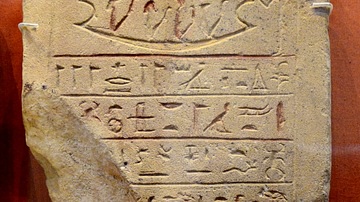
Image
Stela of the Lady Tabekhet
Below the solar disc, the lady appears standing at right adorning the barque of the sun god who is accompanied by Osiris and 2 other deities The inscription is the "standard offering" formula. From Egypt, precise provenance of excavation...
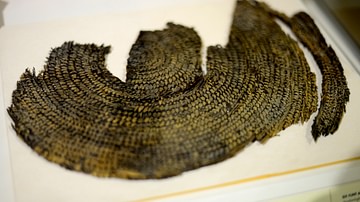
Image
Woven Bag from Ancient Ireland
Woven bag was found at Twyford, Co. Westmeath, Ireland, 3800-2500 BCE.
National Museum of Ireland-Archaeology, Dublin.
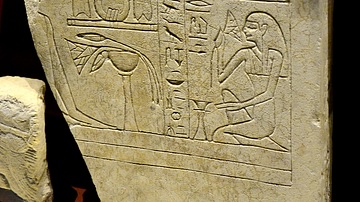
Image
Egyptian Stela Showing Women Sitting Before Offerings
This fragment of a stela shows two women before tablets of offerings. From Abydos, Late Middle Kingdom, circa 1750 BCE. (National Museum of Ireland-Archaeology, Dublin, Republic of Ireland)
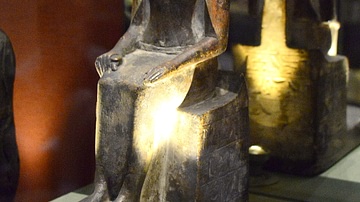
Image
Statue of Egyptian Priest Senemiah
The inscriptions on the sides identify the man as Senemiah, a priest of the Theban moon-god Khons, with the unsual phrase "he whose hands are pure when adorning his god," referring to the daily ritual in which the image of the god was given...
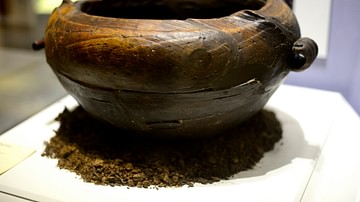
Image
The Altartate Cauldron
The Altartate Cauldron, made of poplar with yew handles, found in a bog near clones, Co. Monaghan, Ireland during turf cutting in 1933, dating to the 2nd century BCE. The find suggests the continuation of certain Later Bronze Age traditions...

Image
Greek Chariot Racers
Greek chariot racers from the base of a funerary kouros, later included in the Themistokleian Wall of Athens. 510-500 BCE. (National Archaeological Museum, Athens)

Image
Greek Athletes
Greek athletes. From the base of a funerary kouros, later included in the Themistokleian Wall of Athens. 510-500 BCE. (National Archaeological Museum, Athens)
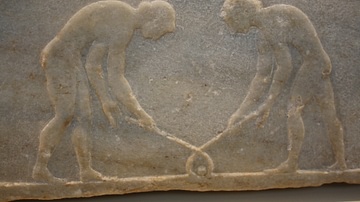
Image
Greek Hockey Players
Greek athletes playing a game similar to modern hockey. From the base of a funerary kouros, later included in the Themistokleian Wall of Athens. 510-500 BCE. (National Archaeological Museum, Athens)
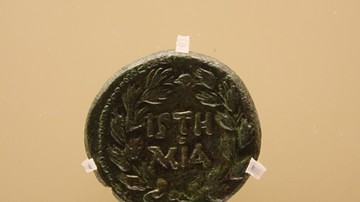
Image
Coin Commemorating the Isthmian Games
A Greek coin commemorating the Isthmian Games. Corinth, 117-138 CE. (Numismatics Museum, Athens)